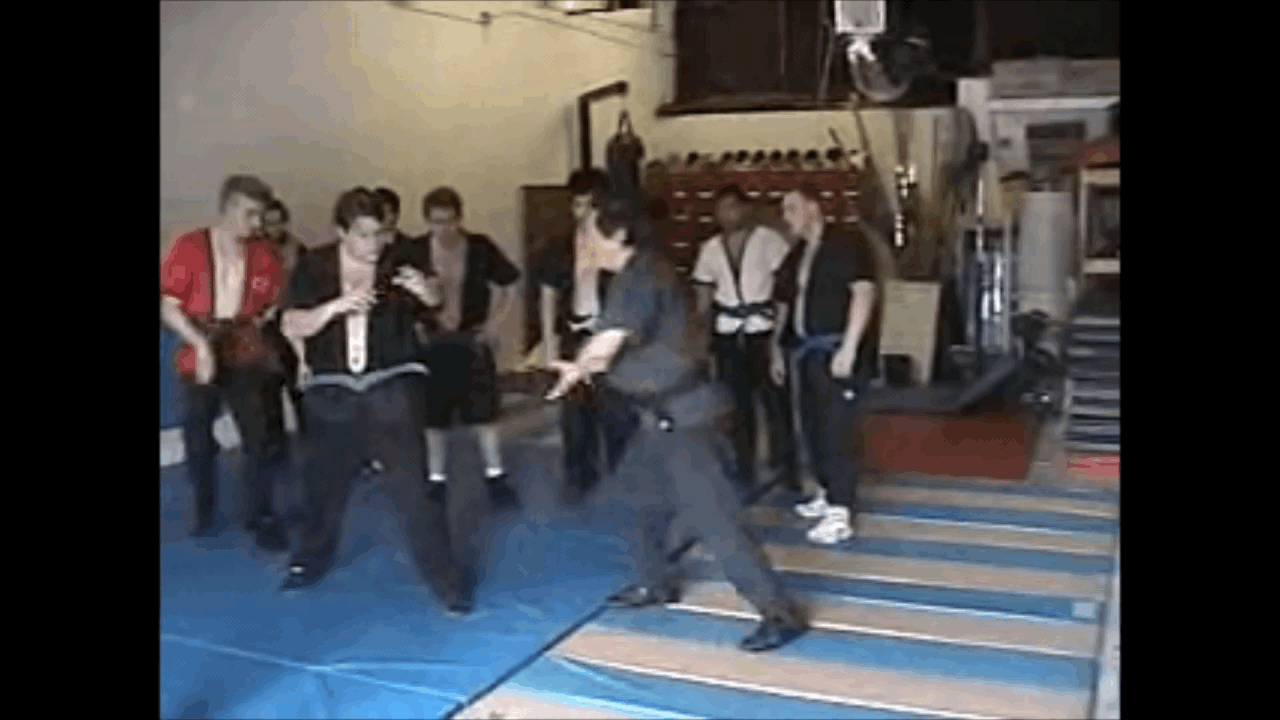When the opponent moves I move, then attack the center.
So, you never move forward or stand your ground? Do you only move when your opponent moves? Do you ever attack, or do you only defend?
When you are looking at that video you have to look to see what perspective the application is being applied, is it being applied to grappling or striking.
I know the striking version of that application and I had the experience of feeling it applied to me. In striking this technique is done when you jab. It does 3 things.
1. It hyper extends the elbow.
2. It knocks the person off balance
3. I push the arm at an angle towards your rear hand.
You won't have the opportunity to move out of the way of this technique if you are fully committed to jab. 1 of 2 things will happen
1. You jab, I get the timing wrong and I get hit in the face
2. You jab I get the timing right, and I injure your arm and or successfully move it out of the way. so i can use a follow up strike.
Ether way you will not have the option to "move out of the way of this technique" once you are committed. Just like I will not have the option to move out of the way once I'm committed to the technique that Kung Fu Wang showed.
If you do not know the technique or if you haven't had it done to you, then you wouldn't even know what to watch for.
Tony and I were grappling at the Martial Talk meet ups. I begin to escape and thought I would have made it free, Tony said that he would have broken my ankle, I trust him on that. But more importantly, I didn't know to look for that. If you can't identify the set up for the technique then you will not be able to move away from it. You may get luck and move out of the range of the technique without knowing but eventually that technique will hunt you down like snake. It will stalk you again until it's in range to strike.

